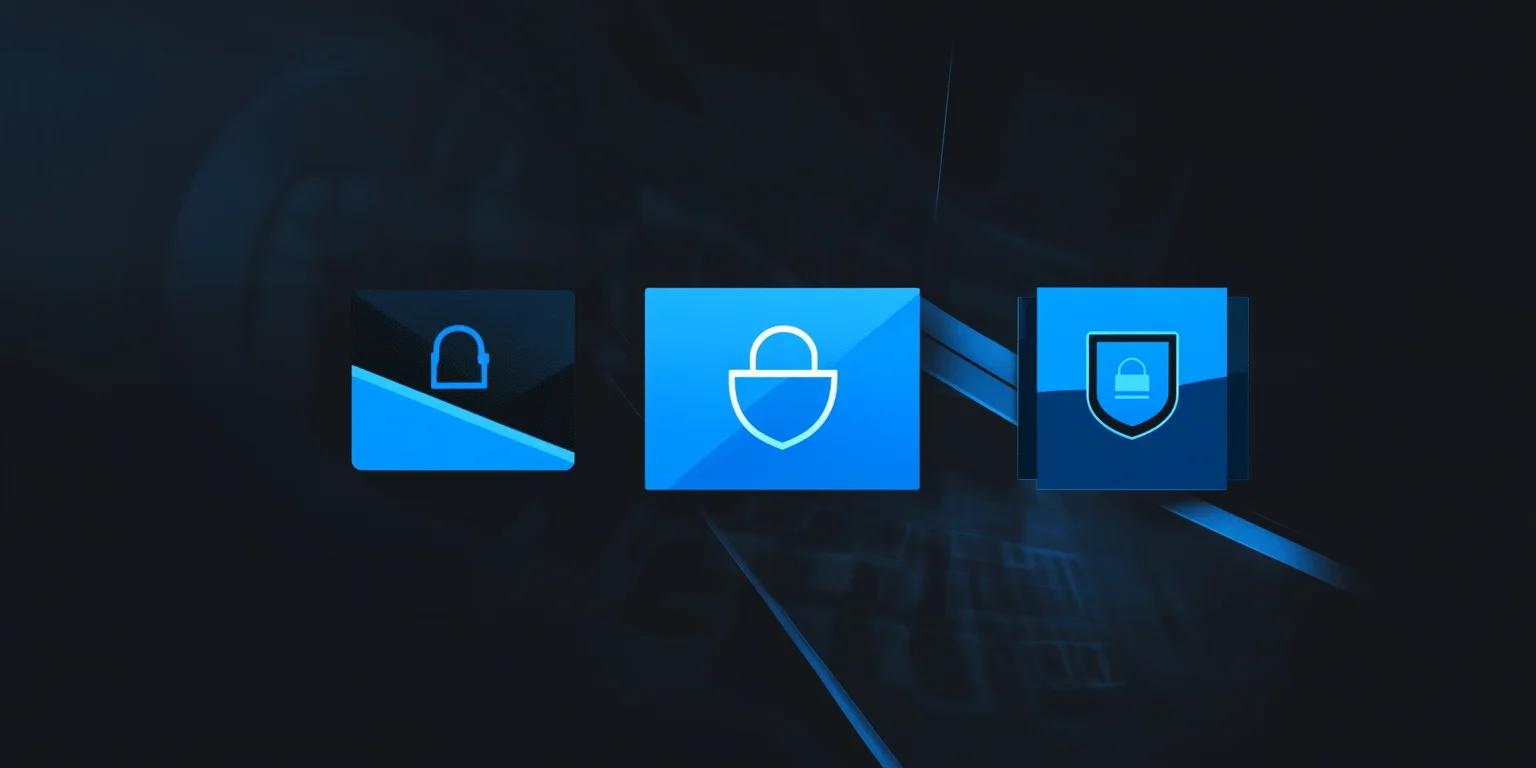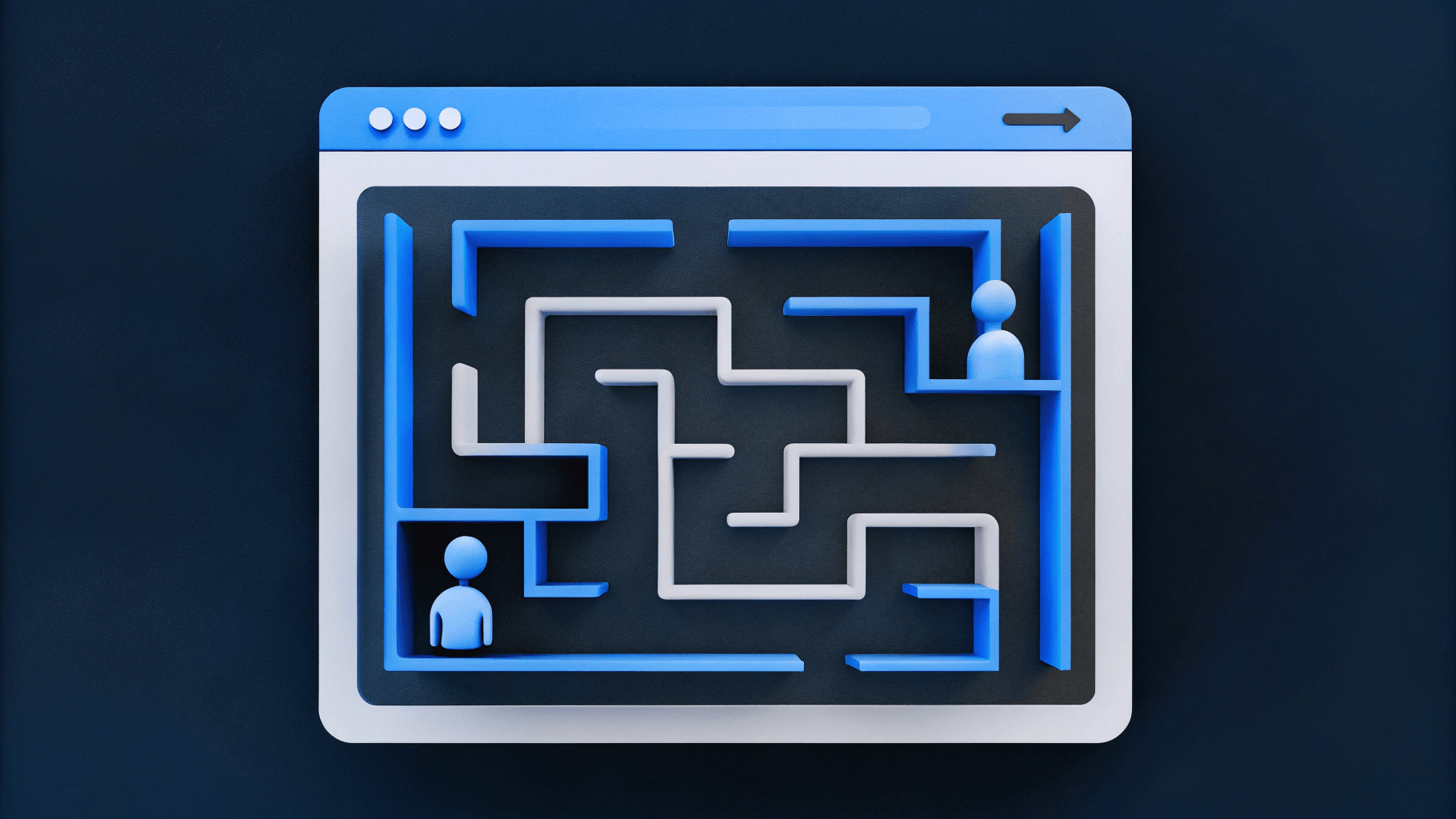Cyber threats are becoming more advanced and persistent, so securing your enterprise website is crucial.
Introduction to Enterprise Website Security
Protecting your website is vital to secure proprietary information, customer data, and maintain trust with your audience.
Importance of Website Security
Cyber threats are constantly evolving, and a security breach can have serious consequences for your business. Implementing strong website security measures helps you:
- Protect Sensitive Data: Secure client information and proprietary data from unauthorized access.
- Ensure Compliance: Adhere to regulations like GDPR and CCPA to avoid penalties.
- Maintain Availability: Prevent downtime that can disrupt services and impact revenue.
Prioritizing website security protects your assets and maintains customer trust.
Common Threats to Enterprise Websites
Understanding potential threats is the first step in defending against them. Common risks to enterprise websites include:
- Malware and Ransomware: Malicious software can infiltrate your systems, leading to data loss or extortion attempts.
- DDoS Attacks: Overwhelming your servers with traffic can render your website inaccessible.
- SQL Injection and XSS Attacks: Exploiting vulnerabilities in web applications to access or manipulate data.
- Phishing and Social Engineering: Deceptive tactics that trick employees into revealing confidential information.
Awareness of these threats enables you to develop a comprehensive security strategy.

How to Identify Security Risks
Vulnerability Assessment
A vulnerability assessment helps discover weaknesses in your website's security. Regularly scanning your systems allows you to address issues like outdated software, insecure configurations, or weak passwords. Including an evaluation of web accessibility practices can not only improve user experience but also highlight potential security risks due to improper input handling or lack of compliance. Checking for vulnerabilities in your CMS plugins and server settings reduces the chances of a security breach. This proactive approach allows you to fix problems before they are exploited.
Conducting regular assessments, such as vulnerability scans and technical SEO audits, helps you improve site security by identifying issues that affect both performance and security.
Penetration Testing
Penetration testing involves simulating cyberattacks to find exploitable vulnerabilities. By acting like a hacker, you can uncover security flaws that might otherwise go unnoticed. Regular penetration tests ensure that your security measures are effective against real-world threats and strengthen your website's defenses.
How to Implement Security Measures
Web Application Firewalls
A Web Application Firewall (WAF) serves as a barrier between your website and potential attackers. By monitoring and filtering incoming traffic, a WAF can block malicious requests that aim to exploit vulnerabilities in your web applications, including attacks like cross-site scripting (XSS) and SQL injection.
Secure Sockets Layer (SSL) Certificates
Implementing SSL/TLS certificates is crucial for encrypting communications between your website and its users. SSL certificates enable HTTPS, which ensures that all data transmitted is secure and cannot be intercepted. The importance of HTTPS extends beyond security; it also influences SEO rankings, as search engines favor secure websites. This builds trust with your visitors.
Regular Software Updates
Keeping all software components up to date is vital for maintaining website security. These include your CMS, plugins, server operating systems, and any third-party libraries. If regular updates are not sufficient due to inherent platform vulnerabilities, you may consider a secure platform migration to a more secure CMS that better meets your security needs. If you're considering a platform that simplifies security management, you can secure with Webflow, which offers built-in security features and automatic updates. Regular updates patch known vulnerabilities and reduce the risk of exploitation.
Access Control and Authentication
Strong access control measures help protect sensitive areas of your website. Incorporating UX design principles can improve user experience while maintaining security, making authentication processes user-friendly without compromising on protection. Implementing multi-factor authentication (MFA) adds an extra layer of security to user logins. Role-based access control (RBAC) ensures individuals have access only to the resources they need, while single sign-on (SSO) solutions streamline authentication processes. For SaaS businesses, leveraging secure SaaS solutions can provide enhanced security and ease of management.
Data Protection and Privacy
Data Encryption Techniques
Encrypting data in transit and at rest is essential. Use SSL/TLS certificates to enable HTTPS, ensuring all communications are encrypted. Implement the latest TLS protocols, such as TLS 1.3, for stronger security. Adopting technologies like a headless CMS can facilitate secure content delivery, further enhancing your website's security posture. Regularly update encryption methods and manage certificates to prevent expired certificates.
Compliance with Data Protection Regulations
Adhering to data protection laws like GDPR and CCPA is crucial for protecting user privacy and avoiding legal penalties. Displaying essential trust signals on your website can reassure users about your commitment to security and privacy. Ensure compliance by obtaining user consent where required and providing options for data access or deletion. Implement strict access controls and conduct regular audits to maintain compliance.
Monitoring and Response
Intrusion Detection Systems
Intrusion Detection Systems (IDS) monitor network traffic to identify suspicious activities that could signal a cyber attack. Continuous scanning and integrity monitoring can detect malicious injections and anomalies in real-time. For SaaS companies, implementing robust SaaS security measures is crucial to safeguard client data and services. This allows security teams to respond promptly. Continuous monitoring not only aids in identifying security threats but also helps to enhance site performance. By keeping an eye on performance metrics, you can ensure your website runs smoothly while maintaining robust security measures.
Incident Response Planning
Having a well-defined incident response plan is essential for quickly addressing security breaches. An effective plan should outline roles and responsibilities, procedures for identifying and containing incidents, steps for eradicating threats, and communication protocols. Incorporating processes to validate website security, such as user acceptance testing, ensures your website remains secure after implementing changes. Regularly updating and testing the plan ensures preparedness for security incidents.
Employee Training and Awareness
Educating your team about security best practices is crucial for protecting your enterprise website. Training employees on potential threats like phishing and social engineering helps them recognize and prevent attacks before they compromise your systems.
Creating a Security-Conscious Culture
Building a culture of security involves integrating awareness into every aspect of your organization's operations. This includes enhancing communication in design to ensure security principles are embedded from the ground up. Encourage open communication about security concerns and make it a shared responsibility among all team members. Regularly updating staff on emerging threats keeps security a continuous, collective effort.

Future Trends in Website Security
AI and machine learning are changing how we detect and respond to cyber threats. By analyzing large amounts of data in real time, these technologies can identify unusual patterns that may indicate a security breach. Using AI-driven tools enhances threat detection and automated responses, protecting your enterprise website against advanced attacks. Additionally, the integration of SEO and security is another emerging trend, as secure websites tend to rank higher in search results, providing both protection and increased visibility.
Securing your enterprise website is an ongoing process that requires vigilance and teamwork. By applying the strategies in this guide, you can build a strong defense against cyber threats, protect your digital assets, and maintain the trust of your customers in an increasingly complex cyber landscape.
Here at Webstacks, we help many companies level up their online presence through next-gen solutions for websites.
If you want to learn more about this or any other topic, feel free to reach out to us!




